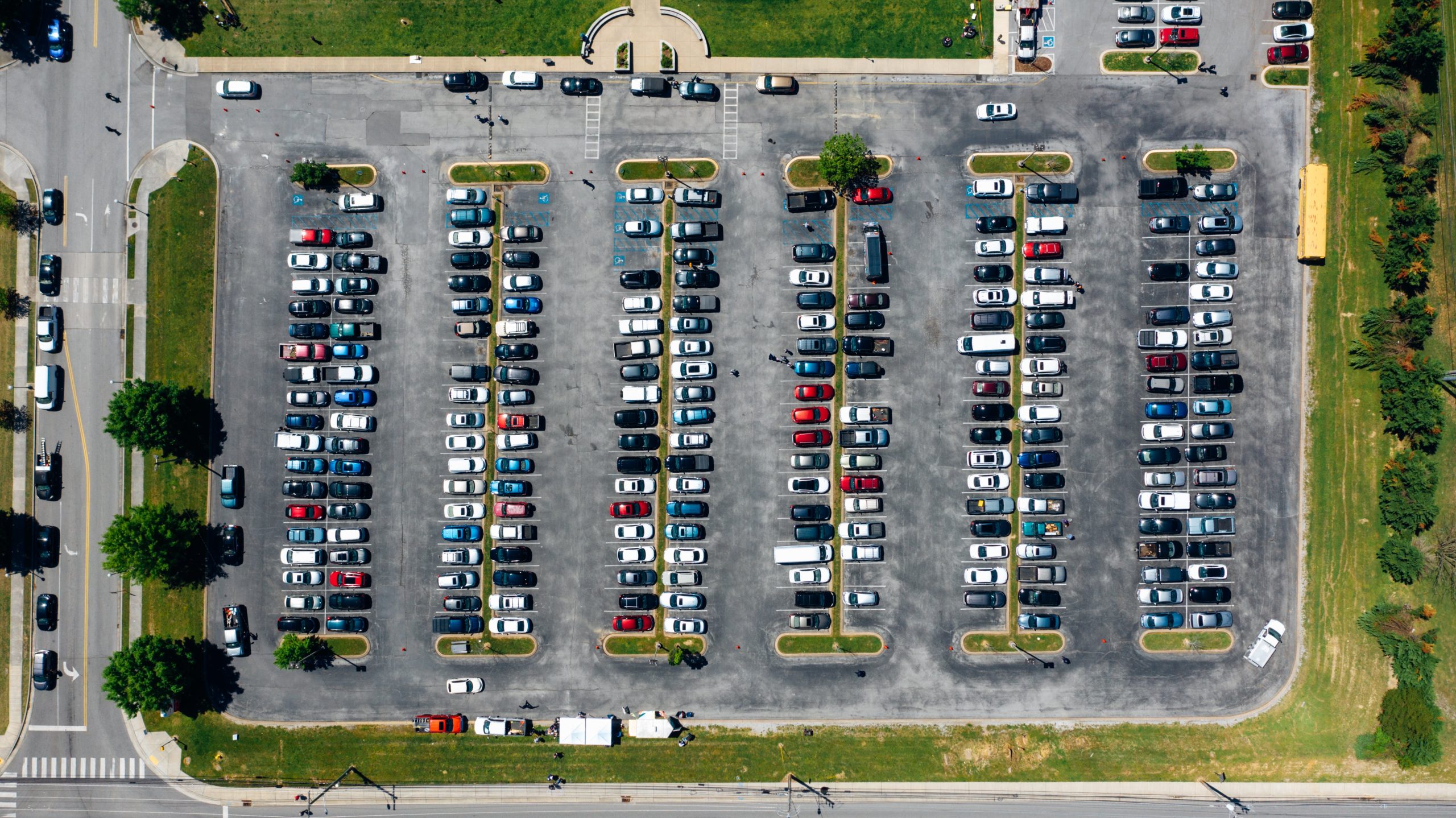In the vast landscape of the American automotive market, an unsettling trend is emerging, leaving many car owners submerged in financial challenges. The specter of negative equity on automobile loans has reared its head, reaching the highest level in over three years. As prices soar and borrowing costs spike, a growing number of vehicle owners find themselves in turbulent waters, grappling with the consequences of being “underwater.”
- The confluence of factors contributing to this phenomenon is multifaceted. The surge in car buying, driven by various economic factors, has collided with a rise in interest rates, creating a perfect storm that is straining the financial well-being of consumers. The repercussions are palpable, with an evident uptick in automobile repossessions as owners struggle to stay afloat.
- One of the primary challenges facing car owners today is the escalating prices of new vehicles. The automotive industry, like many others, has not been immune to the effects of inflation and supply chain disruptions. As a result, the sticker shock for new cars has reached unprecedented levels, leaving consumers with a more substantial financial burden from the outset.
- Compounding the issue is the surge in interest rates, a consequence of broader economic shifts. With loans becoming more expensive, the cost of financing a vehicle has skyrocketed, impacting monthly payments and overall affordability. The dual impact of soaring prices and higher interest rates has set the stage for a significant number of consumers finding themselves in a precarious financial position.
- The crux of the problem lies in the concept of negative equity. This occurs when the depreciation of a vehicle outpaces the owner’s ability to pay down the outstanding loan. In essence, many car owners now owe more on their vehicles than the cars are worth. This predicament can have severe financial implications, limiting options for trade-ins or upgrades and leaving owners vulnerable to financial distress.
- The rise in automobile repossessions further underscores the gravity of the situation. As owners struggle to meet their financial obligations, lenders, in some cases, resort to repossessing vehicles to mitigate their losses. This not only exacerbates the challenges faced by consumers but also contributes to a ripple effect in the automotive market.
Mark Welti, a real estate agent in Novi, MI, the impact of these trends may have indirect consequences. As consumers grapple with the financial strain of ‘underwater’ car loans, their capacity to engage in real estate transactions could be affected. It becomes imperative for businesses to be attuned to these economic shifts and adapt their strategies to navigate the changing landscape.
In conclusion, the surge in ‘underwater’ car loans serves as a poignant indicator of the financial challenges facing US consumers. As the automotive and real estate industries are intricately connected, businesses must remain vigilant, adapting their approaches to meet the evolving needs of consumers in these challenging times. The road ahead may be uncertain, but with strategic planning and a commitment to financial education, both consumers and businesses can weather the storm.






